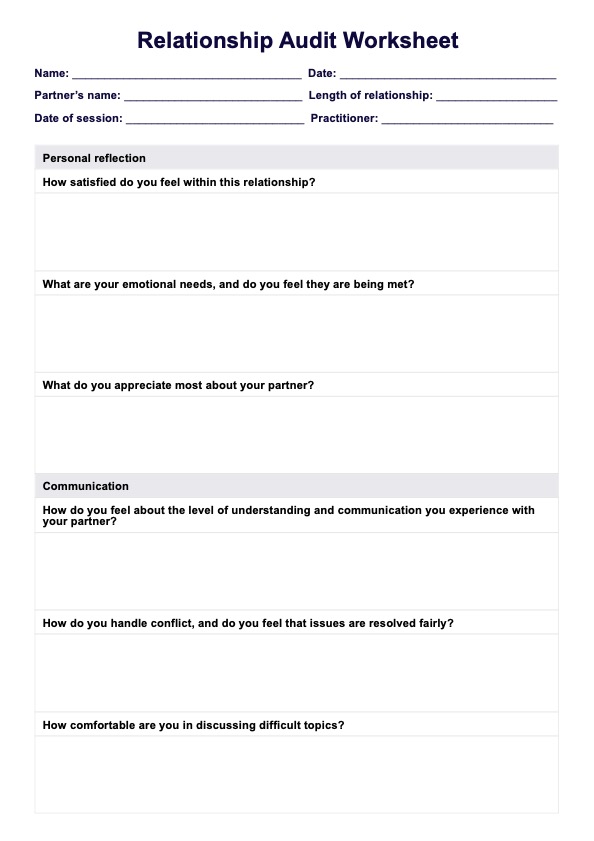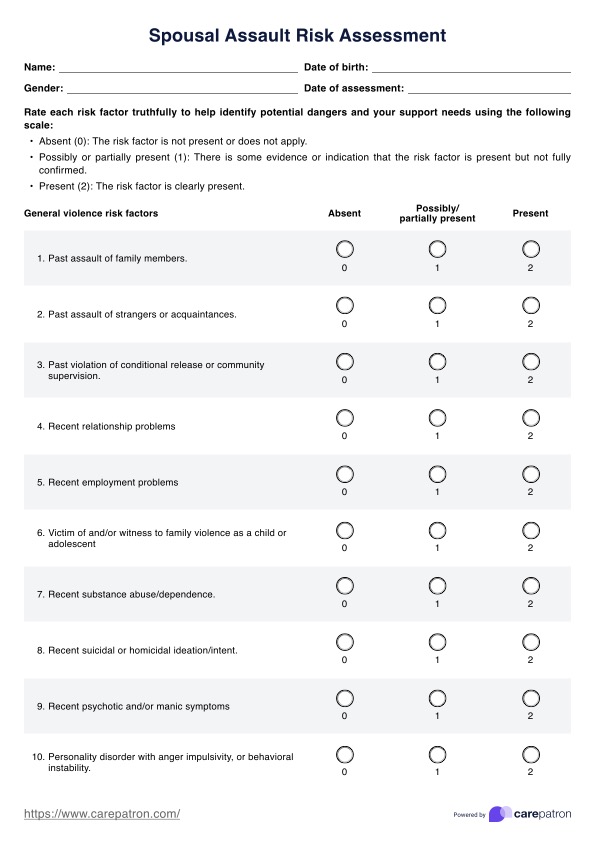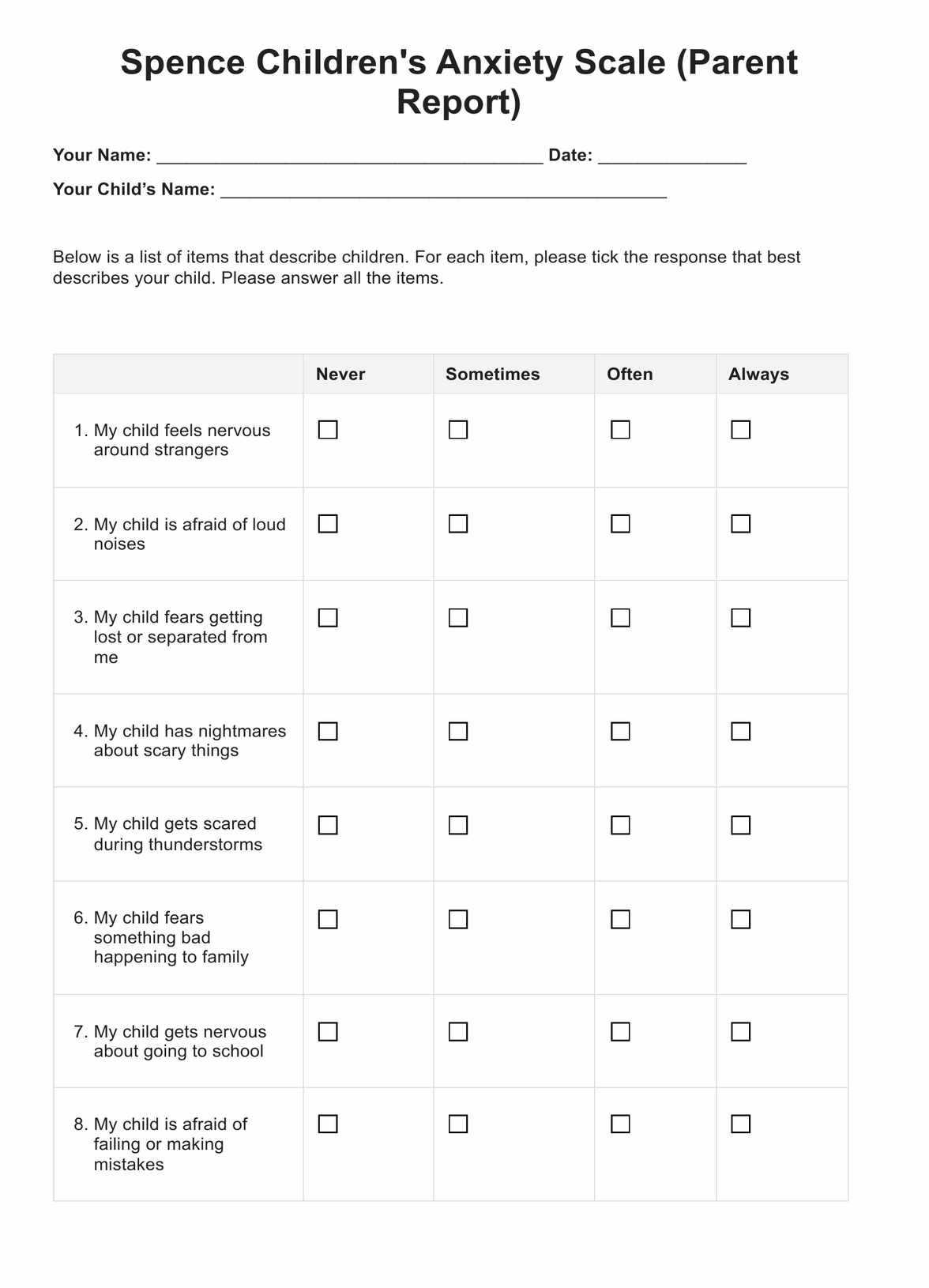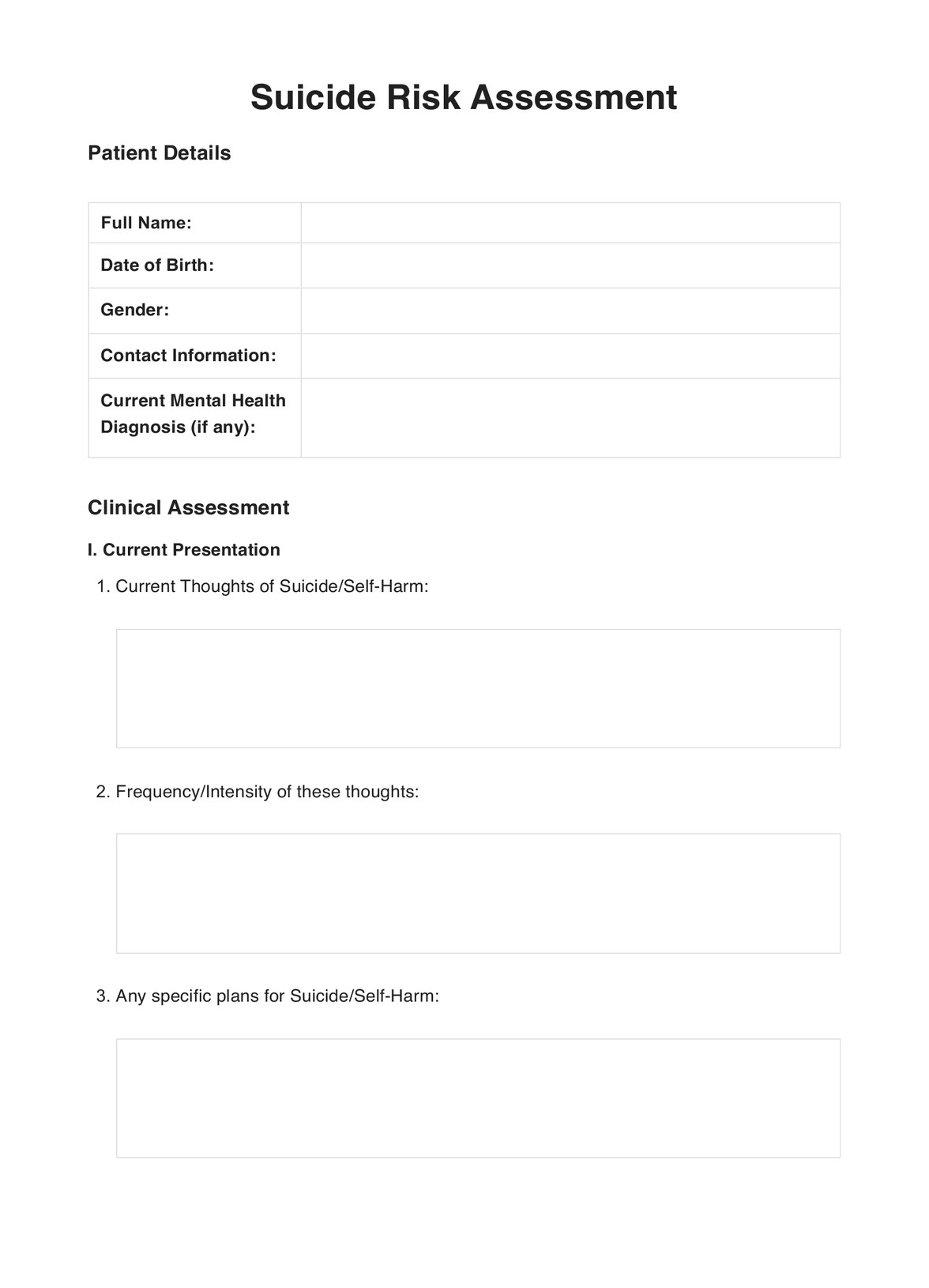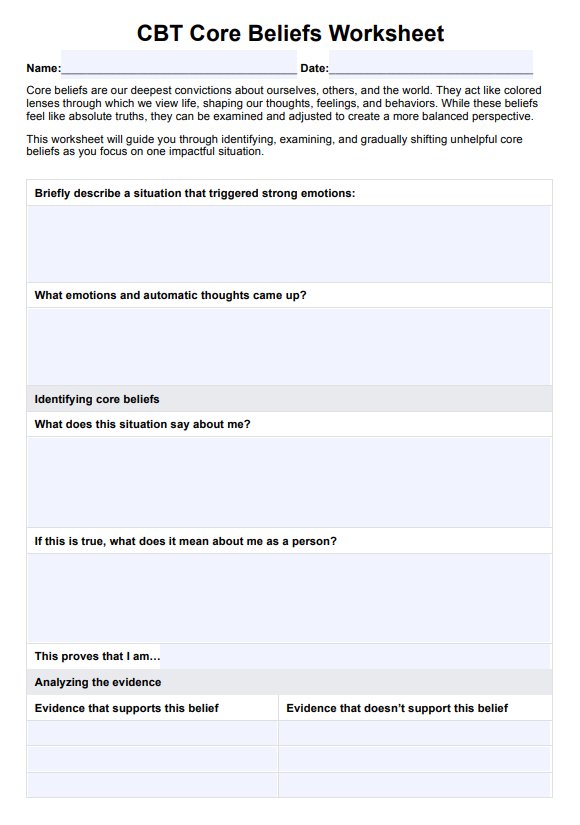Attachment Styles Quiz
Help clients explore their attachment style and gain insights into emotional connections with our Attachment Styles Quiz.


What is an attachment style?
Attachment style refers to the characteristic patterns that a person develops in close relationships, particularly romantic partnerships. These patterns are rooted in our early experiences with caregivers, especially in infancy and childhood. Think of it as a blueprint that shapes how comfortable we are with intimacy, dependence, and expressing emotions within a relationship.
Understanding attachment styles can be a valuable tool for healthcare practitioners. Recognizing a patient's attachment style allows you to gain insights into potential areas of difficulty in relationships, communication patterns, and emotional connection.
Attachment Styles Quiz Template
Attachment Styles Quiz Example
What is attachment theory?
Attachment theory is a psychological framework first developed by psychoanalyst John Bowlby. It centers on the importance of the bonds between children and their primary caregivers, typically parents. Further expanded by Mary Ainsworth, this theory suggests that the quality of the initial bond formed between an infant and their primary caregiver shapes how they perceive themselves, interact with others, and form adult relationships later in life (Papalia et al., 2007).
Central to this theory is the concept that a child with a secure attachment style will feel confident about exploring the world, trusting that their attachment figure will be available to them as a source of comfort and as a secure base.
This contrasts with insecure attachment styles, which can manifest as anxious, avoidant, or disorganized, where individuals may have difficulty forming healthy, lasting relationships or managing stress and emotions due to less reliable or inconsistent early caregiving experiences.
This theory identifies four main attachment styles—specific, anxious-preoccupied, anxious-avoidant, and disorganized—formed through early experiences. These styles influence intimate relationships and impact behavior, communication, and intimacy with romantic partners.
The four attachment styles
Attachment theory identifies four primary attachment styles: secure, anxious, avoidant, and disorganized. Each style shapes individuals' and children's relational patterns and emotional intimacy based on parental and early caregiving experiences. This also influences how clients can navigate long-term relationships.
Secure attachment style
Securely attached individuals typically have a favorable view of themselves and others within the right relationship. They feel comfortable with intimacy and can depend on their partners while valuing independence. Secure people can effectively regulate their emotions and are generally resilient in the face of stress or conflict within relationships.
Anxious attachment style
Those with an anxious attachment style often have a negative self-view but a positive view of others. They tend to have a strong sense of fear of abandonment and may exhibit clingy or demanding behavior in relationships. Anxiously attached individuals may have difficulty regulating their emotions and seek excessive reassurance from their partners.
Avoidant attachment style
Individuals with an avoidant attachment style or are fearful avoidant may tend to have a positive self-view but a negative view of others. They may prioritize independence and self-reliance and have difficulty being emotionally intimate or relying on others. Avoidantly attached individuals may appear emotionally distant in relationships.
Disorganized attachment style
People with a disorganized attachment style often exhibit a combination of anxious and avoidant behaviors, leading to inconsistent or contradictory patterns in their relationships. They may desire closeness but struggle with trust and intimacy, fearing being hurt or rejected. Disorganized attachment is associated with a lack of a coherent strategy for regulating emotions and maintaining relationships.
It's important to note that attachment styles are not fixed categories but rather represent patterns of behavior and emotional responses that certain circumstances and factors, including life experiences, personal growth, and therapeutic interventions, can influence.
How does this attachment styles test work?
Our Attachment Styles Quiz is a tool designed to identify an individual's characteristic patterns of behavior, thoughts, and emotions in close relationships, known as their attachment style. Here's a step-by-step guide on how you can use this test when working with clients:
Step 1: Introduction and instructions
Introduce this test to clients and carefully provide them with instructions. Allow them to understand the purpose of the questions and how these can help them discover their attachment style.
Step 2: Answering questions
The client responds to these questions or statements by rating their agreement or disagreement on a 5-point scale, indicating how well each item describes their thoughts, feelings, and behaviors in relationships.
Step 3: Scoring and interpretation
The responses are then scored and evaluated. Each item is related to a particular attachment style. The attachment style with the highest total score is likely the client's dominant style.
Step 4: Providing feedback and recommendations
The results are then shared with the client. Explain what each attachment style entails and how it may influence their relational patterns. Recommendations or suggestions for further support or interventions may be provided to help the individual develop more secure and healthy attachment behaviors.
How to score and interpret the Attachment Styles Quiz
After administering our Attachment Styles Quiz to your clients, assign a score of 5 to "Strongly Agree" responses, 4 to "Agree" responses, 3 to "Neutral" responses, 2 to "Disagree" responses, and 1 to "Strongly Disagree" responses.
Then, add up their scores for each of the following statements that relate to corresponding attachment styles:
- Secure attachment: Statements 1, 3, 6, 7, and 9
- Anxious attachment: Statements 2, 4, 5, and 8
- Avoidant attachment: Statements 7 and 10
- Disorganized attachment: Statements 2, 4, 5, and 8
The attachment style with the highest total score is likely the client's dominant style. For example, if a client's scores are:
- Secure attachment: 18
- Anxious attachment: 12
- Avoidant attachment: 6
- Disorganized attachment: 14
Their dominant attachment style would be secure, with the highest total score.
Next Steps
After clients complete an attachment styles test, healthcare practitioners can take the following steps to provide appropriate support and guidance:
Explore underlying factors
Engage in a thoughtful discussion with the client to explore the potential underlying factors that may have contributed to their attachment style. Early childhood experiences, traumatic events, or significant relationships can all shape an individual's relational patterns.
Validate and acknowledge
It's essential to validate the client's experiences and acknowledge their attachment style. Explain that attachment styles are common and not inherently problematic but can impact relationships and well-being differently.
Identify strengths and challenges
Highlight the strengths and potential challenges associated with the client's attachment style. For example, individuals with a secure attachment style may have an easier time forming and maintaining healthy relationships. In contrast, those with an insecure attachment style may struggle with trust, emotional regulation, or intimacy.
Develop coping strategies
Collaborate with the client to develop coping strategies and techniques to help them navigate the challenges associated with their attachment style. This may involve improving communication skills, fostering emotional awareness, and maintaining mental health.
Reference
Papalia, D. E., Olds, S. W., & Feldman, R. D. (2007). Human development (10th ed.). McGraw-Hill.
Commonly asked questions
The four main attachment styles are secure, anxious, avoidant, and disorganized. Secure individuals have a positive self-view and are comfortable with intimacy and close relationships. Anxious individuals fear abandonment and may be clingy due to a negative self-view but a positive view of others. Avoidant individuals have a positive self-view but a negative view of others, prioritizing independence and emotional distance. Disorganized individuals exhibit a mix of anxious and avoidant behaviors inconsistently, desiring closeness but struggling with trust and intimacy due to contradictory internal views of self and others.
The rarest attachment style is the fearful-avoidant attachment style. Individuals with this style often have a history of trauma or abuse, and they struggle to trust others while also desiring close relationships.
The most insecure attachment styles are the anxious-preoccupied and fearful-avoidant styles. Both of these attachment patterns are associated with higher levels of relationship anxiety, difficulty trusting others, and poorer overall relationship satisfaction and well-being.


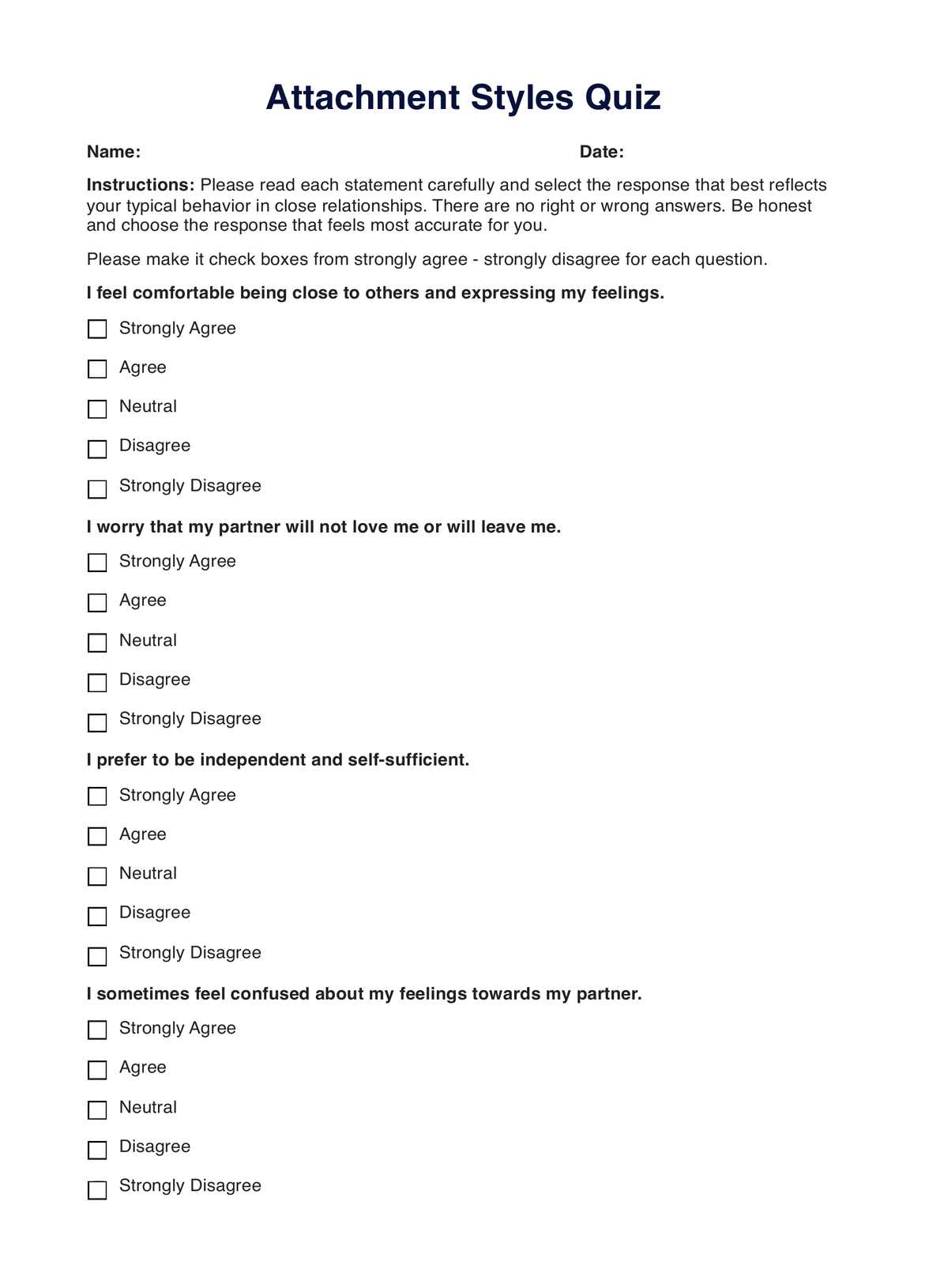
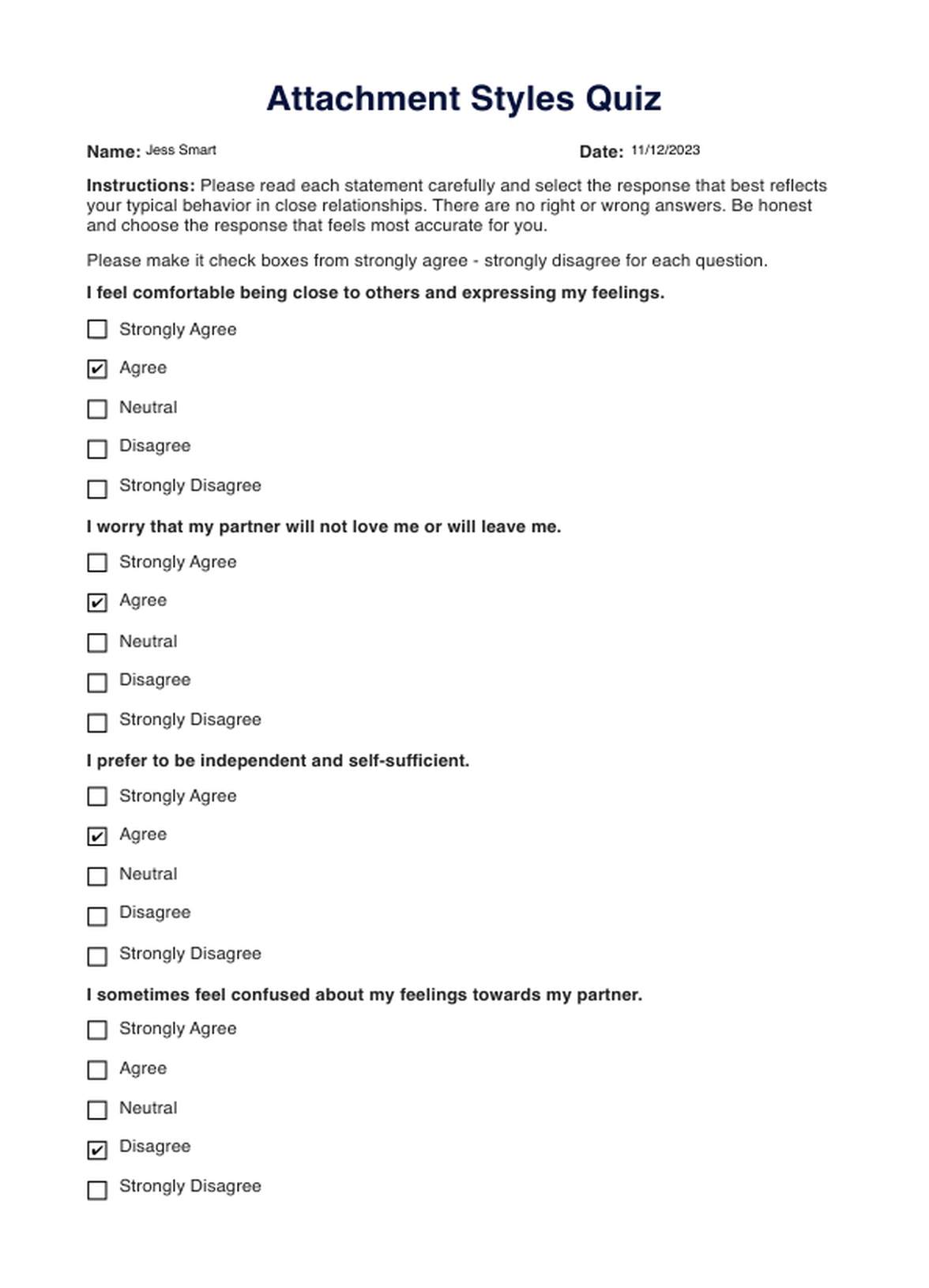

















-template.jpg)


